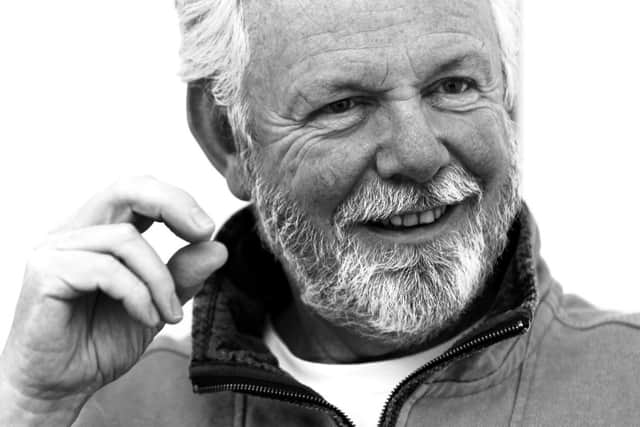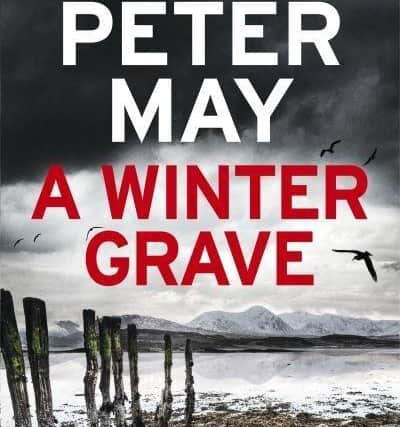Book review: A Winter Grave, by Peter May
Peter May is a multi-award-winning novelist, and his prolific output in the crime genre has seen him sell over two million books in the UK alone, as well as attracting considerable admiration overseas. He started his career as a journalist, however, then spent years as a successful television screenwriter, and the skills he developed in both fields are very apparent in his latest standalone novel, A Winter Grave.
The opening is arresting. A young meteorologist climbs to a weather station above the village of Kinlochleven in the Highlands, between the mountains of Glen Coe and The Mamores Ridge. Investigating a spectacular natural ice cave, she looks up and encounters a man staring back at her, frozen into the ceiling with a terrified death mask. The year is 2051, and while the landscape at high altitudes may not have changed much, it is a different story when the action switches back to Glasgow.
Advertisement
Hide AdHere we encounter Detective Inspector Cameron Brodie. Nearing retirement and recently in receipt of a devastating health diagnosis, he surveys the ruin which climate change has wreaked on the city since it hosted the COP 26 summit. The Clyde has spread out over the city, bringing filth, rank odours and disease to the streets, which are now navigated by water taxis. Familiar landmarks, such as the Citizens’ Theatre and the Central Mosque lie decaying under several feet of water, and there is an epidemic of cockroaches.


Elsewhere in the world, searing heat has caused two billion people to flee their home countries. Various wars sparked by the resulting wave of migration are taking place, and in Glasgow racial unrest is rife. Scotland is independent, but both of the two main parties are corrupt. Still, at least The Scotsman and The Herald have survived as the last bastions of a free press. It is a reporter from The Herald who is identified as the body in the ice cave, and Brodie sets off to investigate, with connections from his own dark past adding to his reasons to want to visit Kinlochleven.
Air travel by plane is no longer possible, as the main airports are now underwater, but Brodie flies in a pre-programmed unpiloted drone over the West Coast, stopping in Mull to pick up a charismatic pathologist, Dr Sita Roy, tasked with carrying out an autopsy on the recovered body. The description of this journey is spellbinding, as the drone sweeps over the utter devastation of coastal towns and the searing majesty of the Highlands, leaving the reader as buffeted between dread and wonder as the aircraft is by an incoming storm.
Whereas climate change has made equatorial countries uninhabitable due to an increase in temperature, a shift in the Gulf Stream has rendered Northern Scotland an icy wilderness. Just as mobile phones present a problem for thriller writing in the present day, the imagined leaps in communication technology in 2050s Scotland could have made a nonsense of some of the most gripping passages here. However, a power cut caused by an ice storm allows Brodie to be cut adrift in a rambling Highland hotel, with no means of calling for backup.
In the dark and the cold, there are grim discoveries and mysterious goings-on, both up on the ridge and in the hotel’s cake fridge. Thanks to the ruined landscape and extreme weather, the atmosphere is oppressive, as Brodie considers the handful of likely suspects and their potential motivations.


In other hands, all the detailed scientific information in the novel – not to mention the underlying political message – could have become heavy-handed. However, The Winter Grave is a superb thriller loaded with timely warnings.
A Winter Grave, by Peter May, riverrun, 357pp, £22.